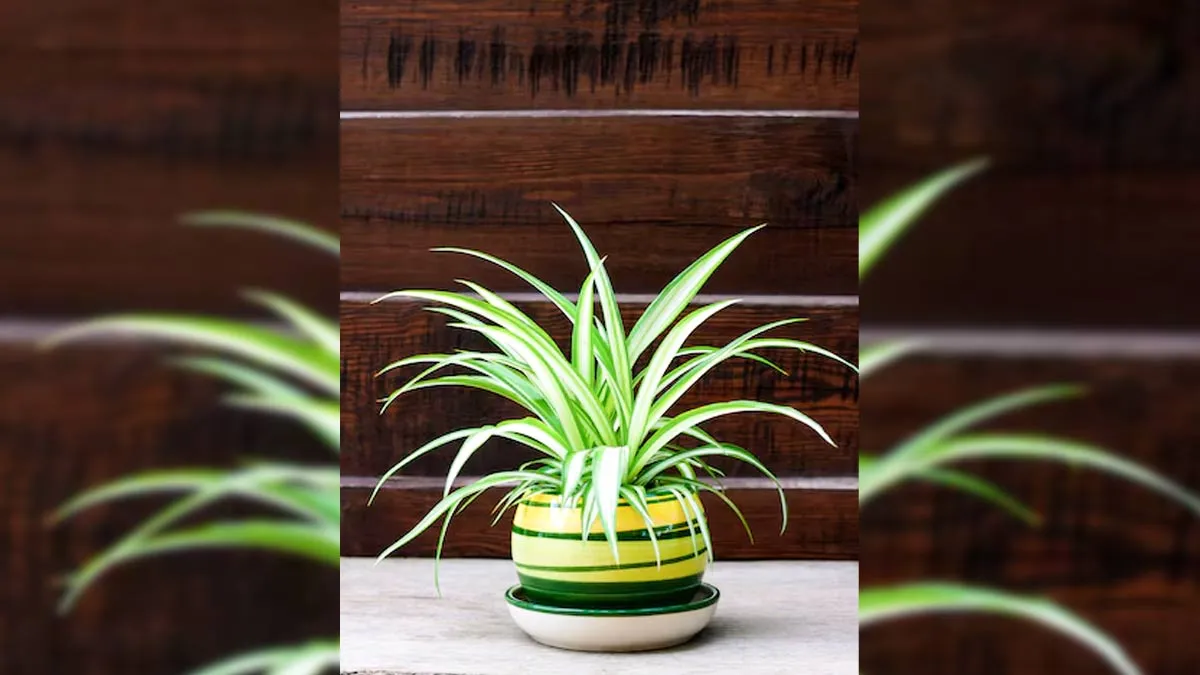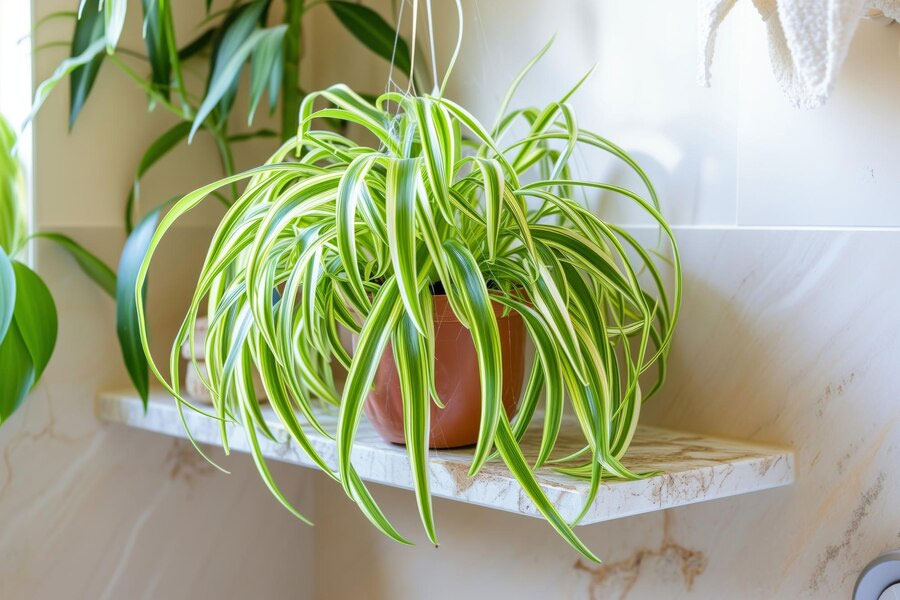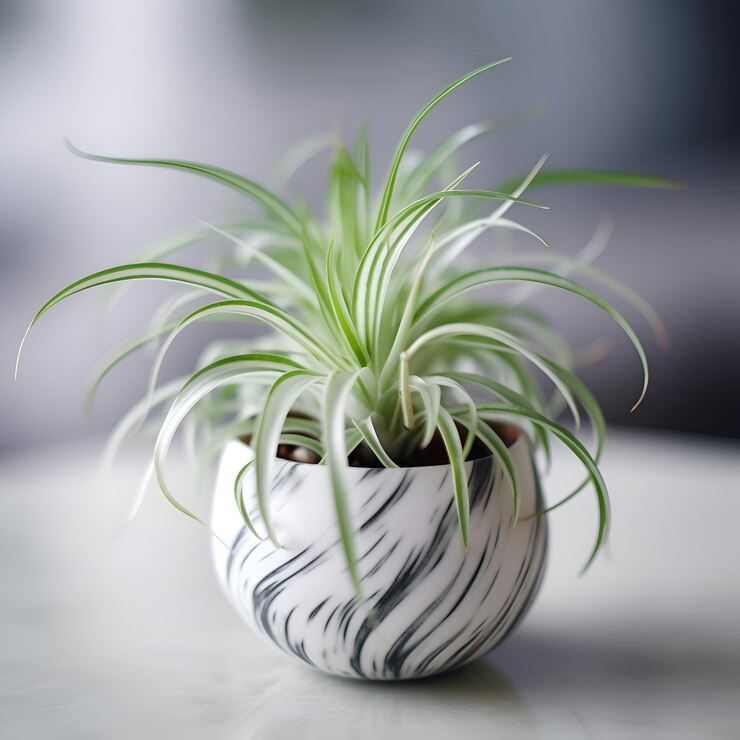
How To Grow Spider Plant At Home: 7-Step Guide For Beginners
If you associate spider plants with college dorm room decor, you're not alone, they're one of the best houseplants for beginners and among the easiest to grow. Spider plants feature long, arching leaves that are either solid green or striped with green and white. Mature plants produce small flowers at the tips of their leaves, which then grow into plantlets that can be used to create new potted plants. Below is a simple guide to help you grow a spider plant at home with minimal effort.
Supplies Needed For Growing Spider Plant At Home
Here’s a list of supplies you’ll need to grow a spider plant at home:
- Spider Plant: A healthy plant, either a small starter plant or a mature one with shoots.
- Pot with Drainage Holes: A well-draining pot is essential to prevent waterlogging and root rot.
- Potting Soil: A light, well-draining soil mix, such as a general-purpose indoor potting mix, works well for spider plants.
- Watering Can: For easy and controlled watering.
- Fertiliser: A balanced, liquid houseplant fertiliser, preferably organic, to feed your plant every 4–6 weeks.
- Grow Light (Optional): If you don’t have access to sufficient natural sunlight, a grow light can provide the necessary light for the plant’s growth.
- Humidity Tray (Optional): Spider plants prefer slightly humid environments, so a humidity tray may be useful if your home is dry.
- Pruning Shears or Scissors: For trimming dead leaves or cutting off plantlets to propagate.

How To Grow Spider Plant At Home
We got in touch with Swaminathan, a local gardener from a nursery in Dwarka, who shared a simple guide on how to grow a spider plant at home.
1) Choose the Right Pot and Soil:
Select a pot with drainage holes to avoid waterlogging. Spider plants are susceptible to root rot if left in waterlogged soil.
Use well-draining soil, such as a cactus or succulent mix, or a regular potting mix with added perlite for better drainage.
1
2
3
4
2) Pick the Perfect Spot:
- Spider plants are adaptable but thrive in indirect light. Place your plant near a window with bright, filtered light. They can also tolerate low light conditions but grow slower in these environments.
- Avoid direct sunlight as it can burn the leaves.
3) Watering:
- Water the plant when the top inch or so of the soil feels dry to the touch. During winter or cooler months, reduce watering frequency.
- Be careful not to overwater; spider plants are drought-tolerant and prefer dry conditions. Always ensure the pot drains well.
Don't Miss: How To Grow A Clove Plant In A Bottle: A Step-by-Step Guide
4) Temperature and Humidity:
- Spider plants prefer temperatures between 60°F and 85°F (16°C - 29°C). Keep them away from cold drafts or direct heat sources like radiators.
- Average household humidity is fine for spider plants, though they will also tolerate drier air.
5) Fertilising:
During the growing season (spring and summer), feed your spider plant with a balanced, diluted liquid fertiliser once a month.
Skip fertilising in the fall and winter when the plant is dormant.

6) Propagation:
To propagate spider plants, cut a healthy leaf into 2-3 inch sections. Let the cut ends dry for a couple of days to prevent rot.
Plant the dried cuttings in well-draining soil, with the cut end down, and water sparingly. After a few weeks, roots will form, and you can replant them as new plants.
Don't Miss: How To Care For Rose Plants: Complete 7-Step Guide
7) Pruning and Maintenance:
Remove any yellow or dead leaves to keep your spider plant looking neat and tidy.
Repot the plant every couple of years to refresh the soil and allow the roots to grow comfortably.
With these simple steps, your spider plant will thrive, requiring minimal care while adding beauty to your home!
Keep reading Herzindagi for more such stories.
Credits: Freepik
Also watch this video
Herzindagi video
1
2
3
4